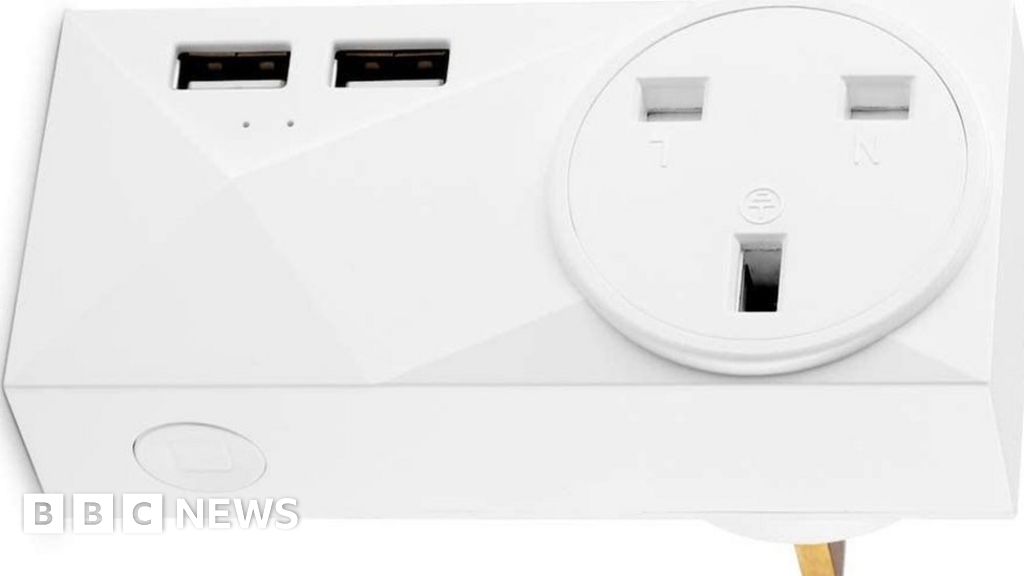- The EUR/USD declined by more than 2% in September mostly because of the dollar strength.
- The decision by ECB not to commit to intervening in the currency market provided some support to the euro.
- The euro has been rising in recent days. Will the strength last?
The EUR/USD declined by ~2% in September mostly because of the overall strong dollar. It ended the month at 1.1745, which was higher than the monthly low of 1.1613. In this report, we will look at key expectations for the pair in October.
Why the EUR/USD declined in September
The EUR/USD fell in September as risks in the market pushed the dollar higher. Indeed, other developed countries currencies also weakened against the dollar. The sterling fell by ~3.40% while the Swiss franc rose by ~2.10%. Similarly, the Swedish krona and the Norwegian krone fell by ~3.8% and ~7%, respectively.
Are you looking for fast-news, hot-tips and market analysis?
Sign-up for the Invezz newsletter, today.
The dollar rose because of the rising number of Covid-19 cases in some European countries. Indeed, countries like Spain, the UK, and Belgium recorded higher cases in September than they did in the previous few months. Therefore, as this happened, the demand for euros fell as investors rushed to the safety of the dollar.
Meanwhile, weak economic data from Europe also contributed to the EUR/USD weakness. Preliminary data showed that the manufacturing and services sectors cooled down in September. Other numbers that pointed to cooling down were industrial and manufacturing production, inflation, and retail sales.
Also, the rising political risks in the United States and the tensions between US and China helped to shore demand for the dollar.
However, the ECB provided some support to the euro. In its monetary policy meeting, the ECB did not commit to intervene in the currencies market. Instead, the bank said that it was closely-monitoring the situation. Subsequently, traders took this to mean that the ECB was not prepared to act to devalue the currency.
Euro October outlook
The EUR/USD will be affected by several factors. First, with the US election only a month away, investors could rush to the safety of the US dollar. That is because the chances of a contested election and political violence is getting higher by the day. Still, investors will be paying close attention to new polling data for evidence of who the likely winner will be.
Second, the ongoing stimulus talks in the United States will have an impact on the currency. In a statement yesterday, Steve Mnuchin and Nancy Pelosi said that they were committed to providing more aid to the country. However, there is still a likelihood that the two parties will not reach an agreement.
Third, the ECB interest rate decision will have an impact on the EUR/USD. The bank’s monetary policy committee will meet on October 28 and 29. While the bank is expected to leave rates unchanged, investors will want to hear the future plans. The Fed will not meet in October.
EUR/USD technical outlook
The daily chart shows that the EUR/USD reached a high of 1.2018 on 1st September. Since then, it moved relatively lower and reached a low of 1.1613 on September 25. The price is also above the 23.6% Fibonacci retracement level. Therefore, there are two likely scenarios for the pair in October. First, bulls could return and push the pair above the September high of 1.2018. Second, bears could come back and pull the pair to the 50% retracement at 1.1324.





